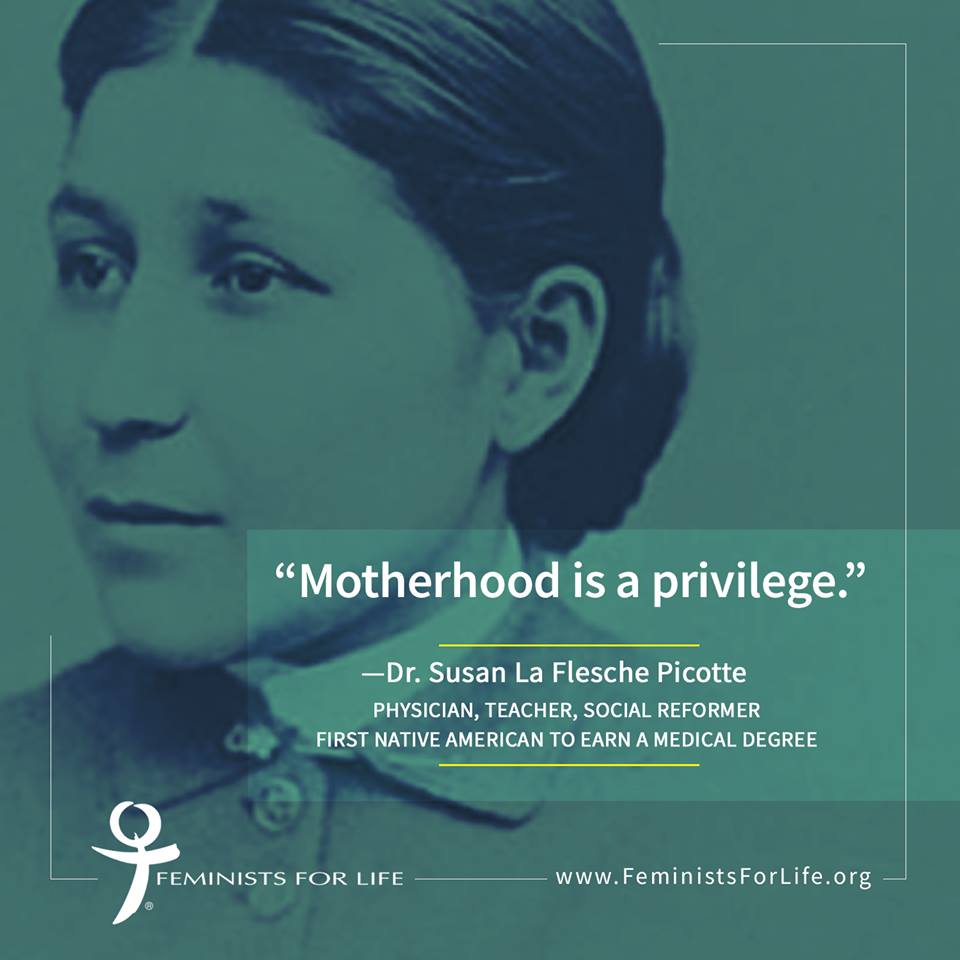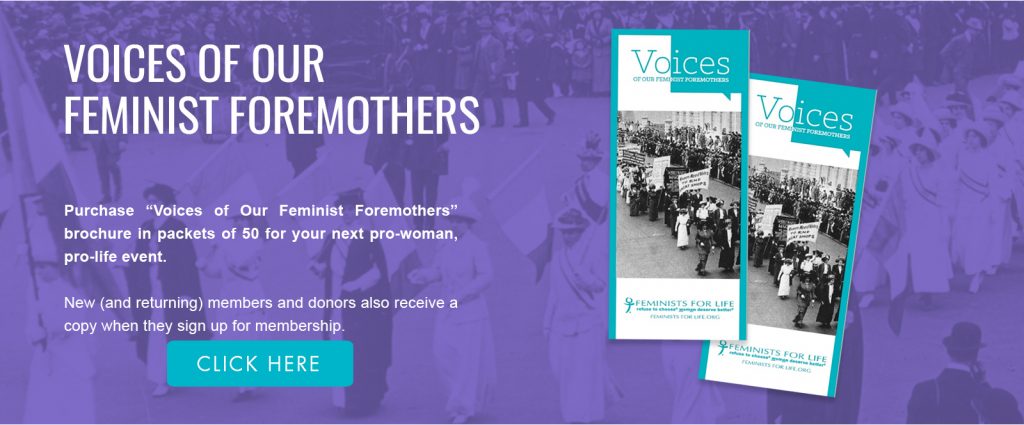
AS A YOUNG GIRL IN NEBRASKA IN THE 1870s, Susan LaFlesche watched helplessly as one of her fellow Omaha tribeswomen died for lack of medical care. During the long night, they sent for the doctor four times, but he had a turkey shoot the next day and did not want to be bothered. Besides, Susan recalled, “it was only an Indian.”
Susan resolved then to become a doctor who would make house calls to give her people the good treatment they all deserved. This was an improbable goal, considering that in the 1870s the white culture practically excluded women from “doctoring,” and the Omaha custom was that women not be healers until after menopause. (A woman was believed to pose spiritual danger to the tribe during her menstrual period.) Yet Susan prevailed, becoming the first Native American woman doctor in 1889 at the age of 24.
With both of her parents being half Native American and half white, Susan grew up learn-ing to bridge two cultures. As a child, she participated in traditional games and seasonal rituals, learned native stories from her grandparents, and came to appreciate the sacredness of the land. Her father, Chief Joseph LaFlesche, the last hereditary chief of the Omahas, broke with tradition in a number of ways, such as building a wooden house for his own family, sending his children to a mixed-gender Christian school on the reservation, and requiring his children to speak Omaha or French with their parents but English with their siblings.
Susan attended school in New Jersey, Virginia, and finally Philadelphia for medical training, graduating at the head of her class. Her commitment to the Omaha people never waned. She believed that as a doctor she could “do a great deal more than as a mere teacher, since my work…will be chiefly in the houses of my people.”
Susan turned down an offer of marriage to attend medical school, and her financial sponsors required a promise that she remain single at least one or two years after graduation. She accepted an Office of Indian Affairs position of government physician for the reservation school she had attended, saying, “I feel that what is done for the children is more important than anything else.” Susan later applied for the position of government physician for the tribe, noting that she already knew the language, customs, and traditions. She also served as a “medical missionary” to her tribe for the Presbyterian Home Missions.
Susan’s popularity with her people was almost immediate. Men as well as women and children came to trust her. The Omahas were less concerned than the white culture with gender, giving credibility according to age, kinship networks, and personal contribution. Susan went from home to home to care for her patients, walking or riding her horse in all seasons, even at 15 or 20 degrees below zero. She was heard to lament that she was “only able to visit 10 houses in an afternoon.”
Beyond providing medical care, Susan served as translator and letter writer for the Native Americans, as public relations agent with Eastern benefactors, correspondent with the Office of Indian Affairs on behalf of the tribe, and lobbyist for a bill to outlaw the sale of alcohol on tribal lands. Once the Native Americans became citizens, Susan instructed them on their new rights and responsibilities, translating the wider culture’s expectations.
Surprising many, at 29 Susan married a French-Sioux named Henry Picotte, a lively and supportive companion. She bore two sons, fulfilling her desire to be a mother. “Motherhood is a privilege,” she had written years before; she thought it was “a shame that, for medical reasons, some women could not bear children.”
While married, Susan broke with custom, continuing to offer medical treatment to any sick person, Native American or white. She was known to keep a candle lit in her window to help the sick find her.
After 10 years of marriage, Susan’s husband died. She relocated her work to Walthill, Nebraska, where, with the help of the Presbyterian Church, she achieved her dream of establishing a hospital on the Indian reservation. This pioneer doctor died just a few years later, having given her tribe what she knew they deserved: caring and considerate medical treatment.
Lisa M. Bellecci-st. romain is an FFL member, author of three books and a public high school social worker who teaches psychology at the high school and college levels.







